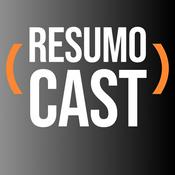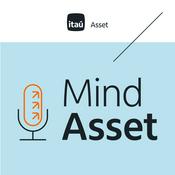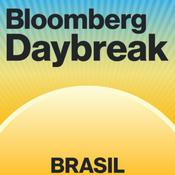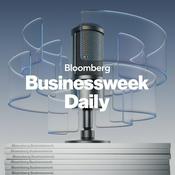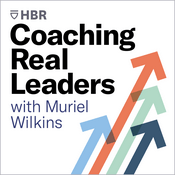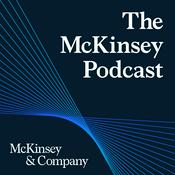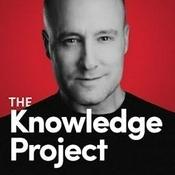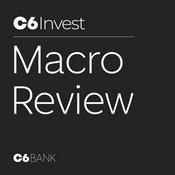324 episódios

Why Stocks are Outperforming the Economy
15/12/2025 | 11min
The Red River of the North starts at the confluence of the Bois de Sioux and Otter Tail rivers and forms most of the border between Minnesota and North Dakota. It then crosses into Manitoba and empties into Lake Winnipeg before its waters finally flow into the sea at Hudson Bay. Cities have grown up along its banks including Fargo, Grand Forks and Winnipeg and their residents are all too aware of one unfortunate feature of the river. Unlike most large U.S. rivers, it flows from south to north.

Forecasting the Fed’s Forecasts
08/12/2025 | 11min
On Wednesday, the Fed will hold its last FOMC meeting of the year. Their actions and communications could move interest rates across the yield curve and so are important for investors.

The Outlook for Autos
01/12/2025 | 10min
When I first arrived in America, America seemed to be all about cars. It was the early 1980s, and I had come over from Ireland to do a Ph.D. in economics at Michigan State University. The campus was strewn with the hand-me-down vehicles of the student body – great gas-guzzling behemoths rendered hopelessly uncompetitive by the soaring gas prices of the 1970s and fighting a losing battle against Japanese imports. Still, the domestic auto industry was crucial to the U.S. and particularly Michigan, and rising sales numbers, released every 10-days, were monitored as the hopeful early shoots of recovery from the brutal double-barreled recessions of 1980 and 1981-82.

The Health of the Consumer
24/11/2025 | 11min
I was watching a football game over the weekend and I saw a giant lineman go down. He was in obvious pain and hobbled, assisted and very slowly, to the sideline. The TV commentators, to my amazement, said he didn’t look too bad and he was probably healthy enough to return to the field in a snap or two. But to look at this man, battered, bruised and probably many times concussed, his frame swollen by a cardiac nightmare of a diet, his veins pumped up with sugar, caffeine and who knows what else, you’d have to ask “in what world could anyone truly call him healthy?”

Why a 1:13 expansion feels like a 1:20 recession
17/11/2025 | 11min
In our age of overwhelming technological progress, I still cling to the simpler practices of my youth. I read books rather than tablets, write with an ink pen in cursive rather than text with my thumbs, and attempt to use mental arithmetic, rather than a calculator, in solving math problems. I also greatly prefer an analog watch to a digital one.
Mais podcasts de Negócios
Podcasts em tendência em Negócios
Sobre Notes on the Week Ahead
Ouça Notes on the Week Ahead, G4 Podcasts e muitos outros podcasts de todo o mundo com o aplicativo o radio.net
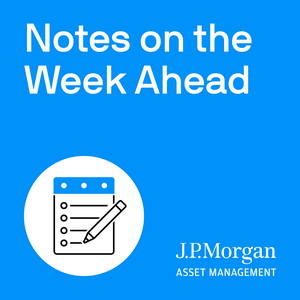
Obtenha o aplicativo gratuito radio.net
- Guardar rádios e podcasts favoritos
- Transmissão via Wi-Fi ou Bluetooth
- Carplay & Android Audo compatìvel
- E ainda mais funções
Obtenha o aplicativo gratuito radio.net
- Guardar rádios e podcasts favoritos
- Transmissão via Wi-Fi ou Bluetooth
- Carplay & Android Audo compatìvel
- E ainda mais funções


Notes on the Week Ahead
baixe o aplicativo,
ouça.








